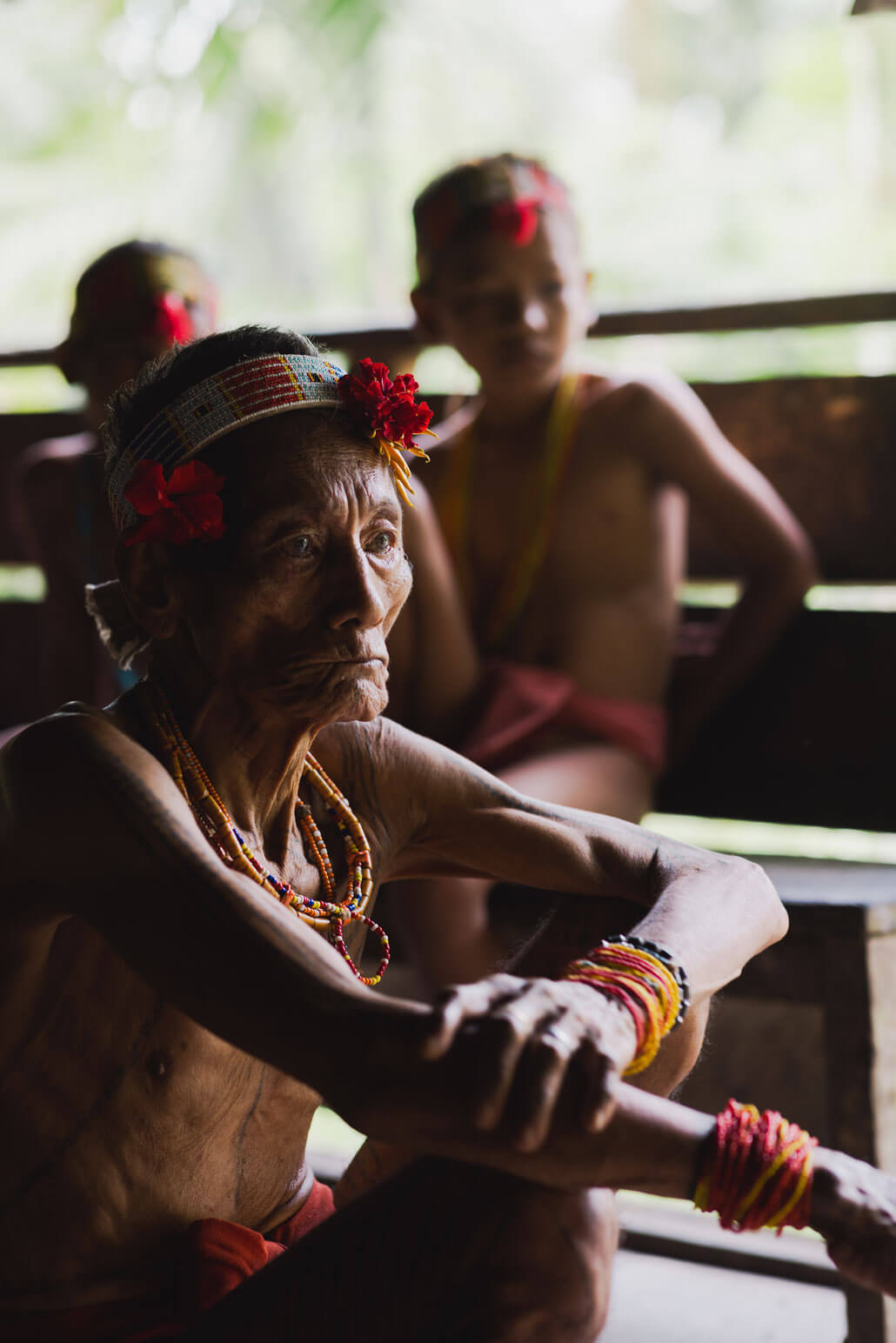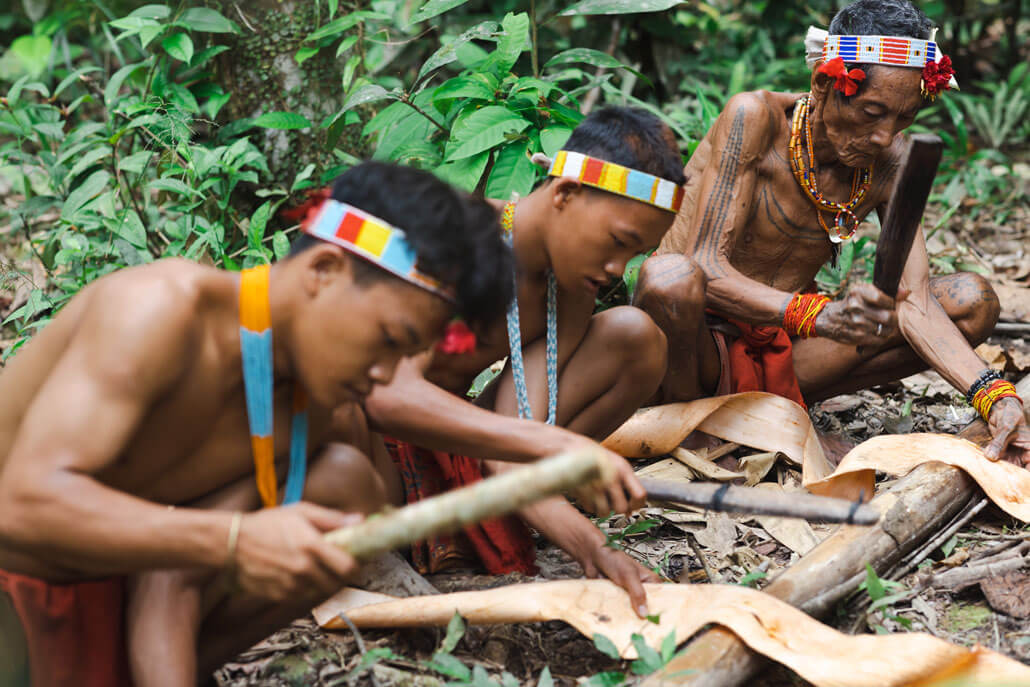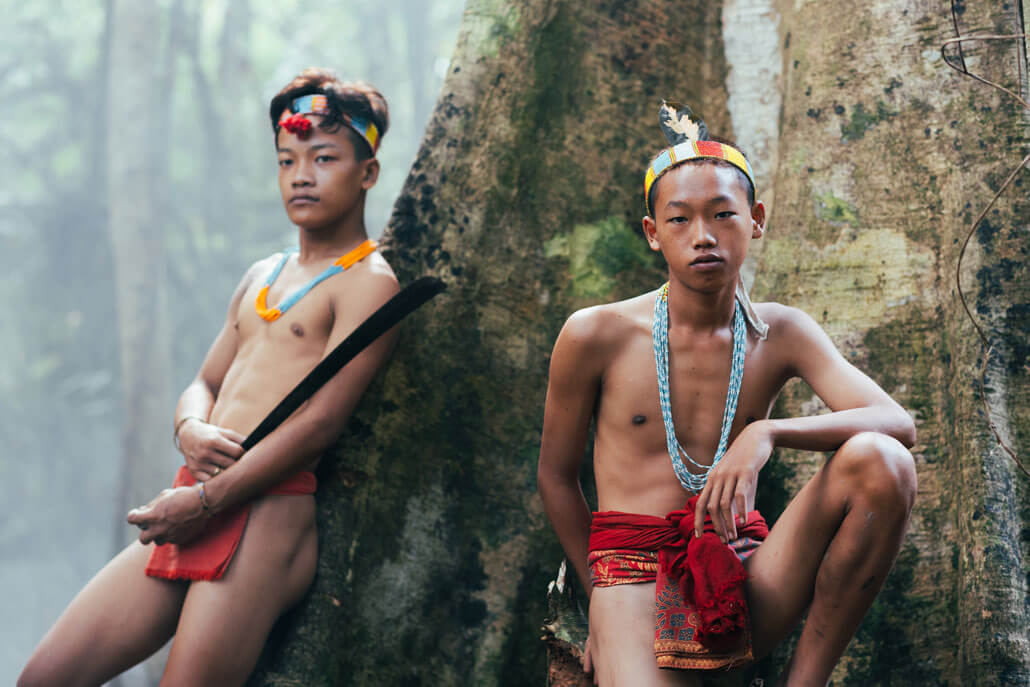Mentawai Tribe’s Indigenous Wisdom in Conservation
Q&A with Amy Vankanan
Discover the Mentawai community through the lens of photographer Amy Vankanan—one of the oldest jungle Indigenous Peoples in Indonesia—residing on a remote island since 500 BC. Dive into their semi-nomadic lifestyle, sustainable practices, and the challenges they face from external forces, particularly the encroaching palm oil industry.
Who are the Mentawai tribe?
They are a tribe on a remote island in Indonesia, known as a jungle tribe and one of the oldest tribes in Indonesia. They lead a semi-nomadic lifestyle as hunter-gatherers, primarily raising pigs and some chickens, while also collecting various resources from the rainforest. They were extremely isolated for a significant period. It is believed that they have inhabited those islands since 500 BC.

What have you learned from them?
The balance between them and nature is really beautiful, they are one of those tribes that are still in sync even though tourism is taking over and more and more people are coming from outside of the island.Their sustainable practices, such as utilizing natural materials for clothing and harvesting logs from the jungle to feed their livestock, are admirable. They continue to uphold their traditional ceremonies and maintain their cultural tattoos.
However, they face various threats from the outside world, including the rapid expansion of the palm oil industry. Palm oil cultivation thrives in Sumatra, attracting the interest of large companies seeking to exploit the land. The Mentawai tribe strongly opposes this, having witnessed the devastation caused by palm oil production.
Moreover, their strong emphasis on family is noteworthy. A significant aspect of their culture involves returning to their families, living together in a large communal house where they gather, eat, and share stories.

Why do you believe that Indigenous People are our most valuable allies in conserving wilderness?
What I try to convey through my pictures is how Indigenous Peoples are one with nature and conservation. I strongly believe that in the realm of wildlife conservation, it is crucial to involve local communities. These communities have maintained a delicate balance with nature for hundreds of years, and it is only with the advent of modern societies that this balance has been disrupted. It is vital to recognize that these communities possess valuable knowledge about living in harmony with nature. Instead of imposing our own ideas and taking over, it is crucial to engage with them, understand their needs, and consider their perspectives on conservation.
What message do you aim to convey through your pictures and your work?
Through my photography, I find it essential to showcase how these cultures have maintained a delicate balance with nature for an extended period. Amidst modern changes, it is important to listen to local peoples, understand their needs and viewpoints, and consider their perspectives on conservation and preservation. Without the involvement of local people, these efforts will never be successful, so supporting these communities is imperative.

Explore further details about WILD’s initiatives to promote Indigenous leadership, vision, and culture, while also safeguarding their sovereignty for the benefit of their culture, lands, and the biodiversity that relies on it:
0 Comments